Renewed Life Creations
Artifact Library
Take a look at all our various wood samples.
BarnArt – Reclaimed Artifacts
Currently Available

Circa 1880’s
Mobile Bay Dry Dock
Reclaimed sinker heart pine furnishings are constructed from sunken old-growth longleaf pine, retrieved from the depths of Mobile Bay. An essential timber, heart pine was used by the Alabama Drydock and Shipbuilding Company [ADDSCO] in the late 1800s till the post WWII period for dry dock and pier construction. Longleaf pine carries a distinct, lovely grain and at least 6 growth rings per inch as it matures to true antique heart pine over a period of 400 to 500 years.
After the war effort, the city of Mobile, Alabama chose to sink the dense antique pine, whose use as a dry dock structure was no longer needed by ADDSCO. The sunken beams were salvaged in 2005. They had developed a beautiful patina of browns, rust, and greens from years of being submerged in saltwater. What it left behind was a robust, durable, rich wood that lets you take home a piece of treasured history.
Age Unknown
ACIPCO Pipe
Company Dunnage
Birmingham, Alabama, was an idyllic location for the American Cast Iron Pipe Company or ACIPCO, a venture that was founded in 1905 by Charlotte Blair and her brother, James W. Blair. Seeing it as an opportune time to overtake the rail transportation network, the founders approached stakeholders, one of whom was John J. Eagan, the company’s first president. In just one year, the company had already manufactured and shipped its first cast iron pipe. Today, it is regarded as one of the most influential companies that developed and grew the cast iron pipe industry.
At the time, the company would transport its cast iron pipes using rail dunnage, many of which were discarded post deterioration in less than two trips. The salvaged and reprocessed rail dunnage is a fine blend of American hardwoods. It is made of red and white oak with hints of sweetgum, hickory, and ash. Nestled amidst the grain and rich hues of this classic hardwood, lies the story of an extraordinary journey of a young to flourishing America.

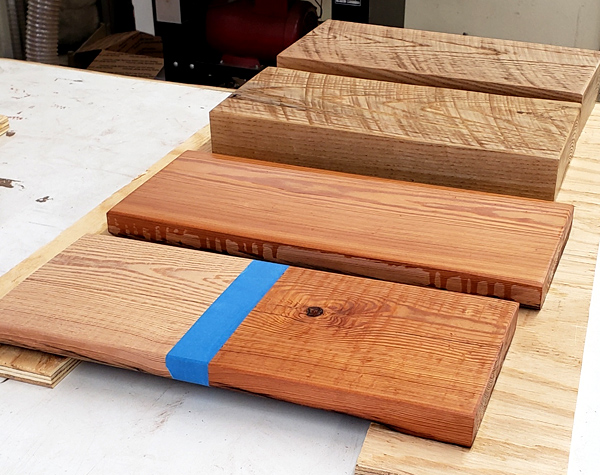
Circa 1890’s
Moscoda Mine
Heart Pine
In 1899, Tennessee Coal, Iron & Railroad (TCI) acquired mining operations in Muscoda, located in the Bessemer vicinity, Jefferson County Alabama. Former president of a major Minnesota red ore mining firm, Don Bacon, expanded and initiated improvements to Muscoda Mines, the largest of its kind in Birmingham district. It opened in 1881 and remained active through the 1950s. The Muscoda Red Ore Mining Community of the District is home to some of the best worker housing and company-built community facilities.
The Muscoda Mine Heart Pine carries years of rich history in its essence. Popularly used as timber for the construction of buildings, warehouses, and railroad cars at the peak of the Industrial Age, Heart Pine is an antique wood with beautiful, tight growth ring patterns. It is durable and shows exemplary hardiness, with spectacular hues of reddish amber.
Have access to unique wood or local reclaimed material whose legacy and history you’d like to preserve in design and turn into heirloom furnishings?
We'll Pay A Premium Price! Contact Us!BarnArt – Tennessee Valley
Exotic (TVE) Hardwoods
Ranging from 1” – 3” thick and up to 12 – 14’ in Length
Sassafras
Sassafras is a stunning and durable hardwood frequently used around the world to build ships and make furniture. Its distinctive aroma lends to its “Cinnamon Wood” nickname. It’s also been referred to as “Root Beer Wood” due to its rich brown color. In the Tennessee Valley, sassafras is called “Buggy Wood” since it’s used in Amish horse and buggy construction. The Louisiana bayou staple filé powder gets its spicy herb-like taste from the dried and ground leaves of sassafras, thus labeling it “Creole Wood.” Sassafras is also used in candy and beverages, again a flavor additive to root beer. The root bark of the hardwood can help make medicines and offer multiple benefits for the body and mind
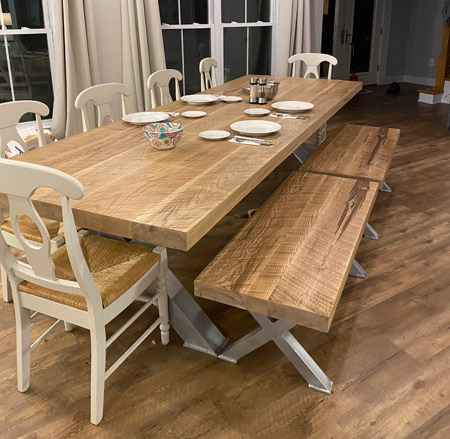
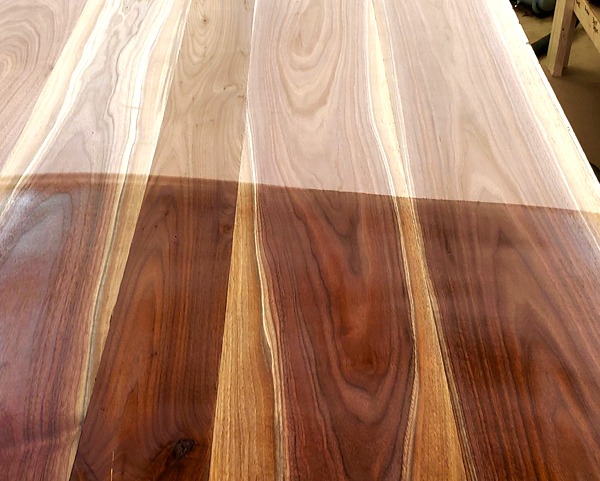
Ranging from 1” – 3” thick and up to 12 – 14’ in Length
Walnut
Along with Mahogany and Cherry, Walnut set the standard for early American furniture. Black Walnut, also known as American Walnut, derives from a luscious, nourished shaded tree that stands tall and stretches wide. Walnut lumber has a refined look with a rich finish for multi-purpose use. At the mill, walnut remains unsteamed, preserving the beautiful browns, golds, and purples with striking appeal. The walnuts we eat offer a multitude of nutritional benefits and when the wood is repurposed by artisans and craftsmen, the end result is recognized, reclaimed and remarkable.
Ranging from 1” – 3” thick and up to 12 – 14’ in Length
Ambrosia Maple
Ambrosia maple is considered a decorative feature which gives the wood additional charm and character. Maple sapwood ranges in color from nearly white, to an off-white cream color, occasionally with a reddish or golden hue. It’s durable yet moderately easy to work with both hands and machinery. The maple stems from the Ambrosia Beetle and is suitable for home amenities like flooring, furniture, panels, and veneers. Its unusual grain powder makes for attractive appeal on table tops and decorative furniture accents.
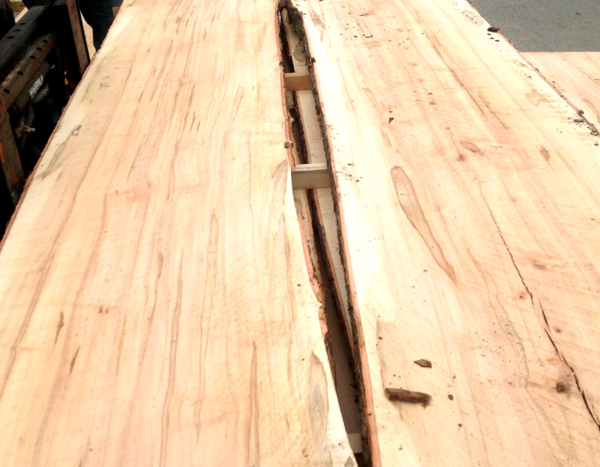
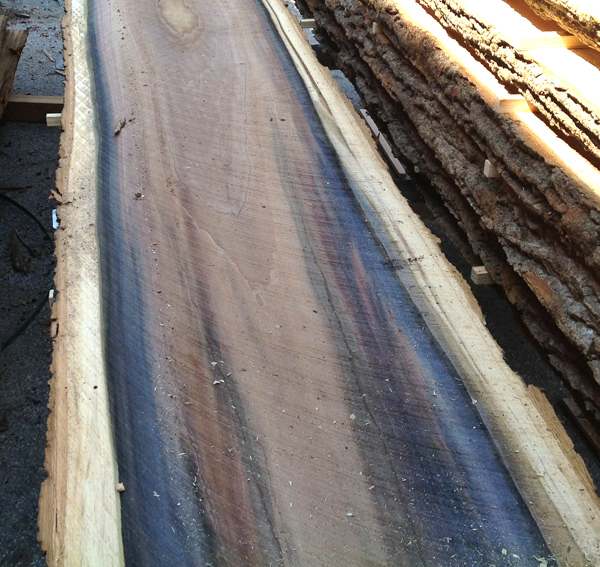
Ranging from 1” – 3” thick and up to 12 – 14’ in Length
Rainbow (Mineral Stained) Poplar
Rainbow poplar is wood that appears mineral stained with striking streaks of green, purple, black, red, etc. The hardwood can be turned into live edge slabs, essentially with its natural edges left untouched making the poplar perfect for tables, bar tops, desks, benches, headboards, shelves, and even cutting boards.
Ranging from 1” – 3” thick and up to 12 – 14’ in Length
Red Gum
Ambrosia maple is considered a decorative feature which gives the wood additional charm and character. Maple sapwood ranges in color from nearly white, to an off-white cream color, occasionally with a reddish or golden hue. It’s durable yet moderately easy to work with both hands and machinery. The maple stems from the Ambrosia Beetle and is suitable for home amenities like flooring, furniture, panels, and veneers. Its unusual grain powder makes for attractive appeal on table tops and decorative furniture accents.


Ranging from 1” – 3” thick and up to 12 – 14’ in Length
Mulberry
A relatively soft hardwood, mulberry can be found in benches, chairs, and drop-leaf dining room tables. Mulberry trees can grow ten feet in a single season, have a robust root system, and offer fruit clusters used in breads, pies, jams, and wine. When aged, mulberry becomes a deep brown and makes for fascinating frame and panel work.
Ranging from 1” – 3” thick and up to 12 – 14’ in Length
Red Elm
Red elm hardwood stems from trees that stand up to 80 feet tall and spans light to reddish brown hues with coarse uneven texture. Its interlocked grain and high grade structure make it resistant to splitting, less likely to decay, and ideal for long-lasting applications like hardwood flooring, furniture, boxes, baskets, and even hockey sticks. Whether red elm is used for woodworking, furniture making, or DIY projects around the home, its unmistakable color and texture convey a professional, polished product and enhance the ambiance of any room.
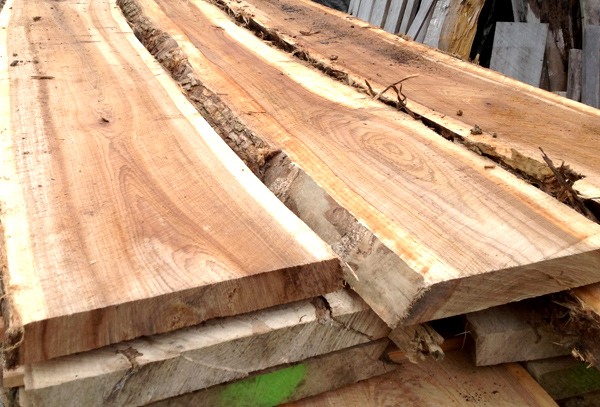
Contact us today to begin your
one-of-a-kind piece.
Let’s begin your journey by connecting you with our wood and their stories.
Contact Us
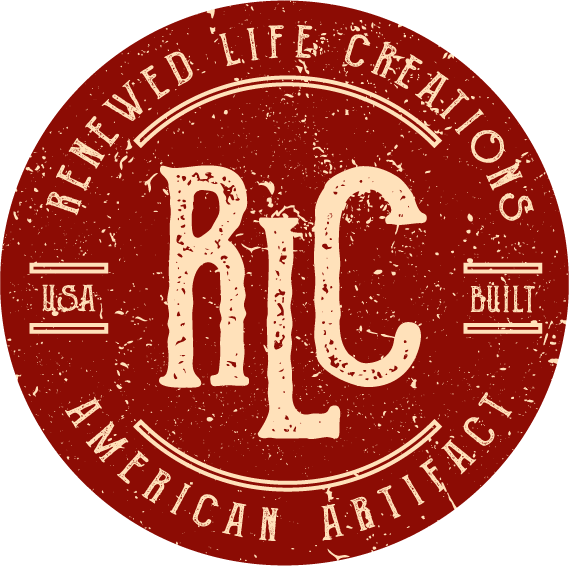



 Based Out Of Port Richey, Florida
Based Out Of Port Richey, Florida